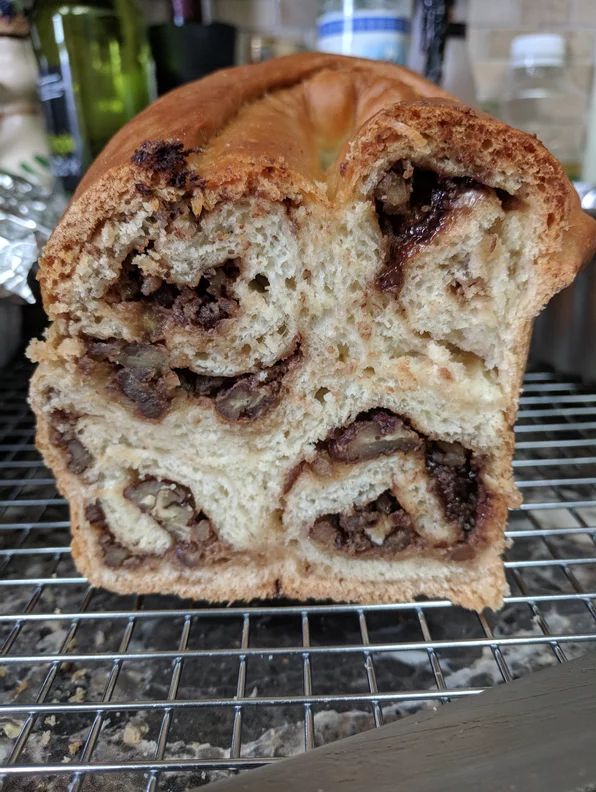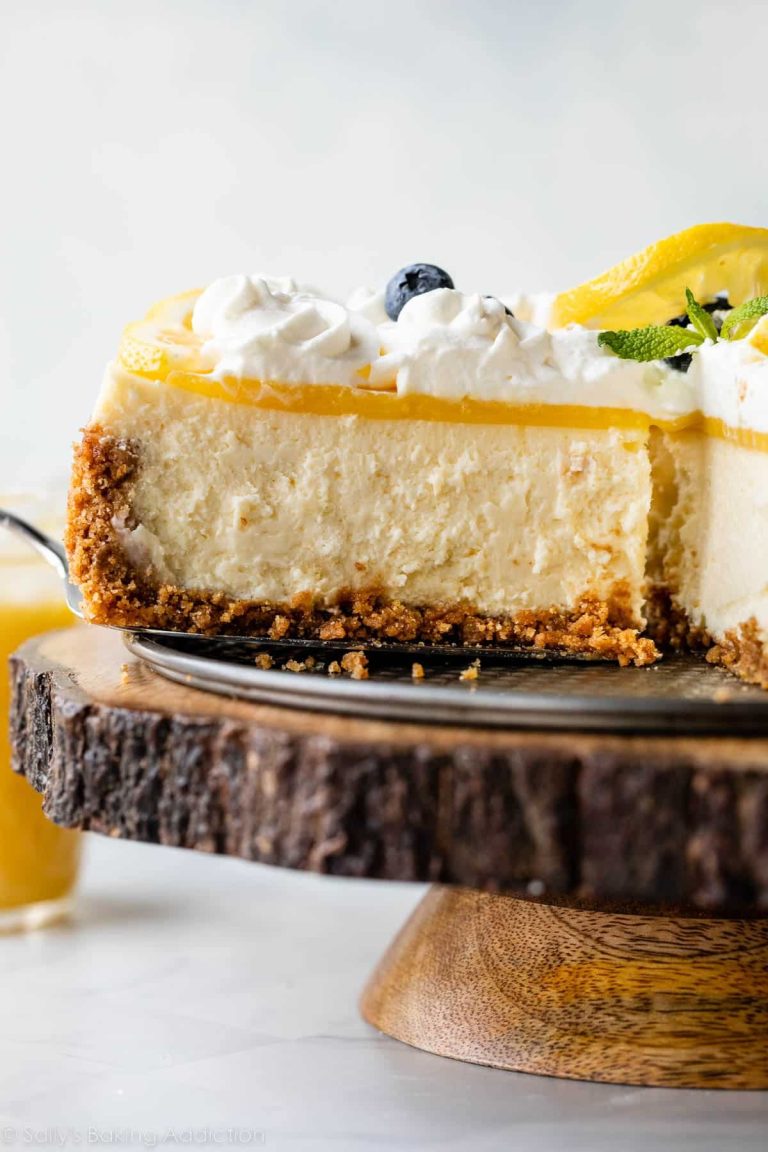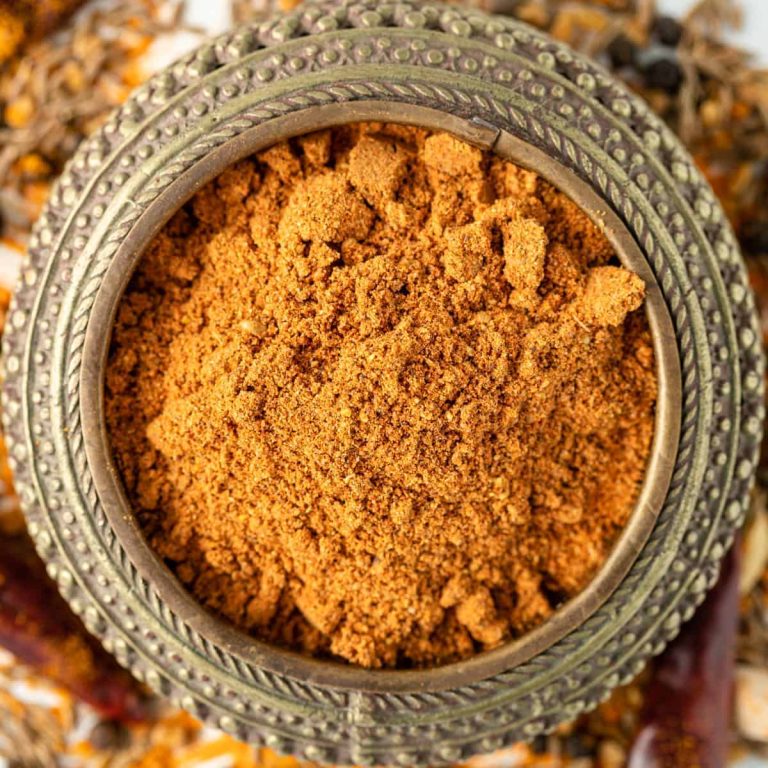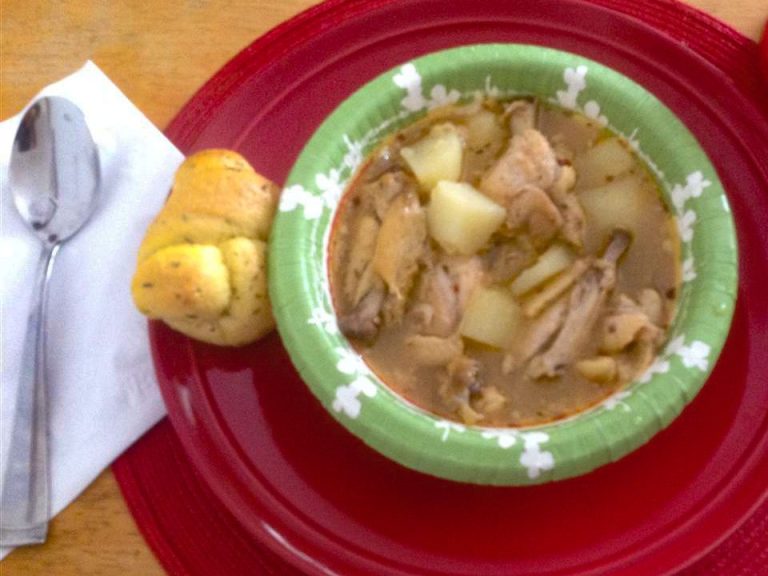Grandma’s Povitisa Po Vuh Teet Zuh Povitica: Croatian Nut Bread Tradition
Grandmas Povitisa Po Vuh Teet Zuh Povitica Croatian nut bread holds deep traditional significance in Croatian culture. Families bake this bread during holidays and special occasions as a symbol of familial love and unity. Generations pass down the recipe, preserving its integrity and connecting you to your ancestral roots. Each loaf tells a story, remembering the hands that kneaded the dough and the hearts that cherished every bite.
The Evolution of the Recipe
The recipe for Povitica has evolved over time without losing its essence. While the core ingredients like walnuts, sugar, and butter have remained consistent, modern variations include fillings such as chocolate, poppy seeds, and even savory options. This evolution reflects the adaptability of the recipe, ensuring it continues to bring joy to your table while accommodating contemporary tastes. Despite these changes, the essence of Povitica as a cherished family tradition remains intact.
Ingredients and Preparations
Essential Components
Povitica consists of several key ingredients that contribute to its unique flavor and texture. Gather these components before starting:
- Dough: Made with all-purpose flour, milk, sugar, yeast, eggs, and butter. The combination gives the dough its soft, rich texture.
- Filling: Traditionally, the filling includes ground walnuts, sugar, cocoa powder, milk, vanilla extract, and melted butter. This blend offers a sweet, nutty flavor.
- Additional Items: Have powdered sugar for dusting, an egg wash for glazing, and parchment paper for lining your baking pan.
Step-by-Step Baking Process
Follow these steps to bake Povitica:
- Prepare the Dough: Mix flour, milk, sugar, yeast, eggs, and butter until smooth. Let it rise for 1-2 hours until doubled in size.
- Create the Filling: Combine ground walnuts, sugar, cocoa powder, milk, vanilla extract, and melted butter into a paste.
- Roll Out the Dough: On a floured surface, roll the dough into a thin rectangle around 1/4 inch thick.
- Spread the Filling: Evenly distribute the walnut filling over the rolled-out dough, leaving a small border around the edges.
- Shape the Loaf: Roll the dough tightly into a log, starting from one long edge.
- Prepare for Baking: Place the rolled dough into a parchment-lined baking pan, shaping it to fit. Let it rise for 30 minutes.
- Apply Egg Wash: Brush the loaf with an egg wash to create a golden brown crust.
- Bake: Preheat your oven to 350°F (180°C). Bake for 15 minutes, then reduce the temperature to 300°F (150°C) and bake for an additional 45 minutes.
- Cool and Serve: Allow the loaf to cool completely before dusting with powdered sugar and slicing.
These steps ensure your Povitica turns out flavorful and visually appealing, ideal for holidays and special occasions.
Cultural Significance of Povitica
Celebratory Traditions
Povitica, often associated with festive occasions, symbolizes unity and heritage in Croatian culture. Families bake this nut bread to celebrate Christmas, Easter, and weddings. Each occasion reflects the bread’s role in uniting families and honoring ancestral traditions. For instance, during Christmas, Povitica signifies warmth and generosity, shared among loved ones. In weddings, it’s a symbol of prosperity and good fortune, presented to guests as a heartfelt gesture.
Everyday Consumption
While Povitica shines during celebrations, it also finds a place in daily life. Many families enjoy this bread as a breakfast treat or an afternoon snack. Its rich flavors and intricate swirls of nuts and spices make it a versatile addition to various meals. For example, you might pair Povitica with coffee in the morning or with tea in the afternoon. This everyday consumption underscores its significance beyond special occasions, embedding it deeply within Croatian culinary traditions.
Variations of Povitica Across Croatia
Regional Differences
Regional differences in Povitica (Po-vuh-tit-suh) ingredients and preparation methods reflect the diverse cultural influences in Croatia. In the northern regions like Zagorje, you’ll find Povitica made with walnuts, poppy seeds, and sometimes even a touch of honey, creating a dense and rich flavor profile. Coastal regions, influenced by Mediterranean flavors, often incorporate dried fruits like figs and raisins. Additionally, areas around Istria may include local ingredients like chestnuts, giving the bread a unique twist. These variations provide a rich culinary experience that showcases Croatia’s regional diversity.
Adaptations in Modern Cuisine
Modern cuisine has embraced Povitica, making it accessible to contemporary taste preferences while retaining its traditional essence. You’ll discover Povitica with innovative fillings like chocolate hazelnut spread or matcha and almond paste in urban bakeries. Vegan and gluten-free versions now cater to diverse dietary needs without compromising the signature swirls and flavors. Fusion twists, like adding spices such as cardamom or even savory versions with cheese and herbs, demonstrate the adaptability of Povitica in modern kitchens. These adaptations ensure that while Povitica’s tradition remains intact, it evolves to meet present-day culinary trends.
Conclusion
Grandma’s Povitisa Po Vuh Teet Zuh Povitica isn’t just a delicious nut bread; it’s a cherished symbol of Croatian heritage and family unity. Whether you’re savoring it during a festive holiday or enjoying a slice with your morning coffee, Povitica connects you to a rich cultural history. The regional variations and modern adaptations ensure there’s a version for everyone, from traditionalists to those with contemporary dietary needs. Baking Povitica is more than a culinary task; it’s an act of love and a way to keep traditions alive in today’s ever-changing world.





